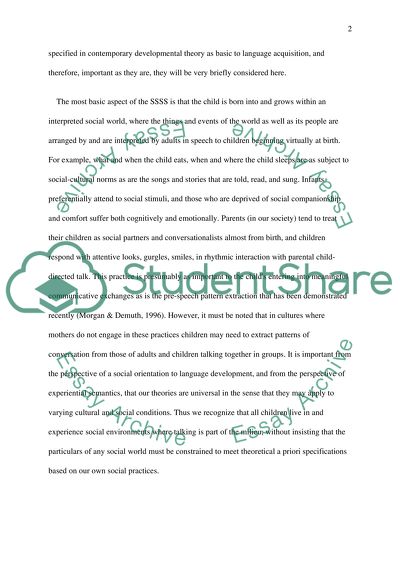Cite this document
(“How adults talk to children and whether it influences their language Essay”, n.d.)
Retrieved de https://studentshare.org/psychology/1503771-how-adults-talk-to-children-and-whether-it-influences-their-language-development
Retrieved de https://studentshare.org/psychology/1503771-how-adults-talk-to-children-and-whether-it-influences-their-language-development
(How Adults Talk to Children and Whether It Influences Their Language Essay)
https://studentshare.org/psychology/1503771-how-adults-talk-to-children-and-whether-it-influences-their-language-development.
https://studentshare.org/psychology/1503771-how-adults-talk-to-children-and-whether-it-influences-their-language-development.
“How Adults Talk to Children and Whether It Influences Their Language Essay”, n.d. https://studentshare.org/psychology/1503771-how-adults-talk-to-children-and-whether-it-influences-their-language-development.


